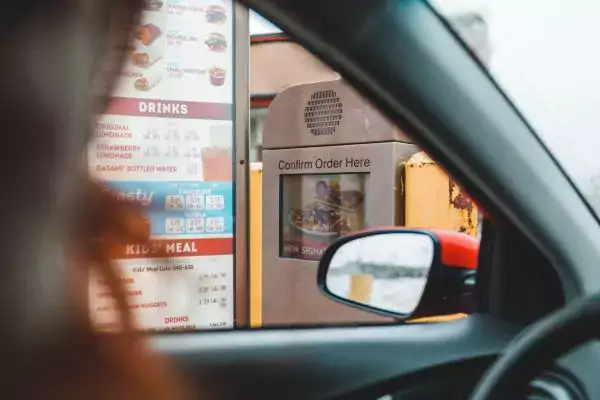“Increasing organizational accountability” is often a lauded phrase in restaurant and retail operations. The goal is to empower employees so operators don’t need to micromanage their stores - they can rest assured that every location is running efficiently. But what does organizational accountability actually look like and how is it measured?
One particularly difficult aspect of organizational accountability is loss prevention. Chris McGoey, founder of McGoey Security Consulting, specializes in appraisal of crime risk on commercial properties. In an interview with Convenience Store Decisions earlier this year, McGoey detailed how accountability is key to loss prevention.
He audited thousands of stores that he calls “high-shrink, high-cash loss,” and found all have some things in common—too much clutter and not enough attention to detail. A disorganized retail environment is indicative of disorganized management, and opens the door for dishonest employees to take advantage and blame new employees or shoplifters for unexplained inventory loss.
No retailer is immune to the problem of employee theft. The National Retail Federation’s annual security survey reported that employee theft is responsible for 30% of inventory shrink.
McGoey found that disorganized stores have more employee turnover and often need emergency employee replacements. This can lead to a cycle of poor training and the accompanying shortcomings in inventory, sales, and cash accountability.
So how do operators solve for this? The transition to a highly accountable retail environment doesn’t happen overnight; accountability isn’t maintained with good intentions alone. Retailers must have systems in place. McGoey advised: “Structure allows c-store operators to compare employee transactions and activity by shift and quickly spot the non-compliant or dishonest employee.” McGoey emphasized the importance of establishing baseline audits for operations. Brands including Sunoco, 7-Eleven, and MAPCO trust Zenput to assign audits and track progress. Here are a few useful applications of Zenput to increase organizational accountability: Cleanliness and Maintenance Assessing cleanliness both inside and outside the store requires more than a “yes” or “no” answer in a checklist. Zenput allows operators to set parameters, show examples of how stores should look, and request real-time photos/videos. Operators are notified if standards fall below acceptable levels. They can see historic trends to understand how stores compare - the goal is to elevate every store so they are as clean as their best store. Inventory Control From the moment inventory enters the store until it is sold or transferred, how is it accounted for? How do you know where it is in the store? Customizable Zenput audits maintain the integrity of store inventory. Employee Training Operators can quickly push out new training instructions and track execution. Common training programs focus on cash accountability and food safety--areas that can make or break a brand. Learn more about how to increase organizational accountability with Zenput by scheduling a demo.Subscribe to our blog
You are now subscribed!


